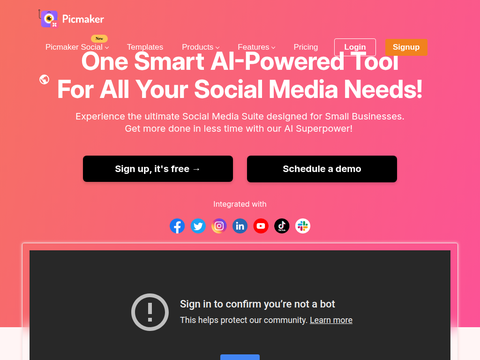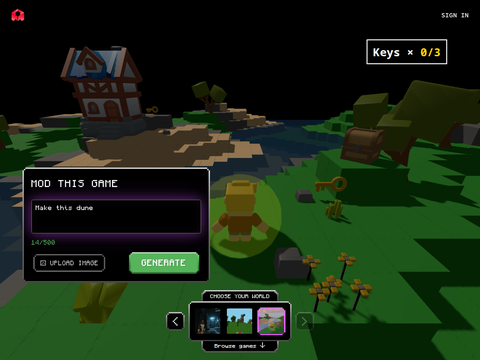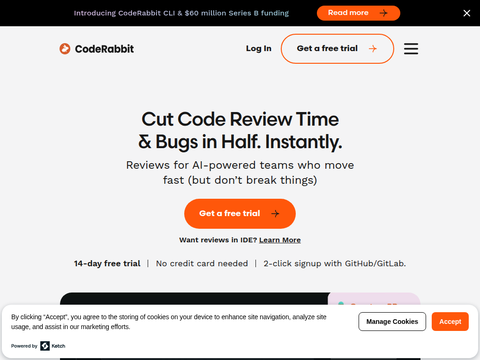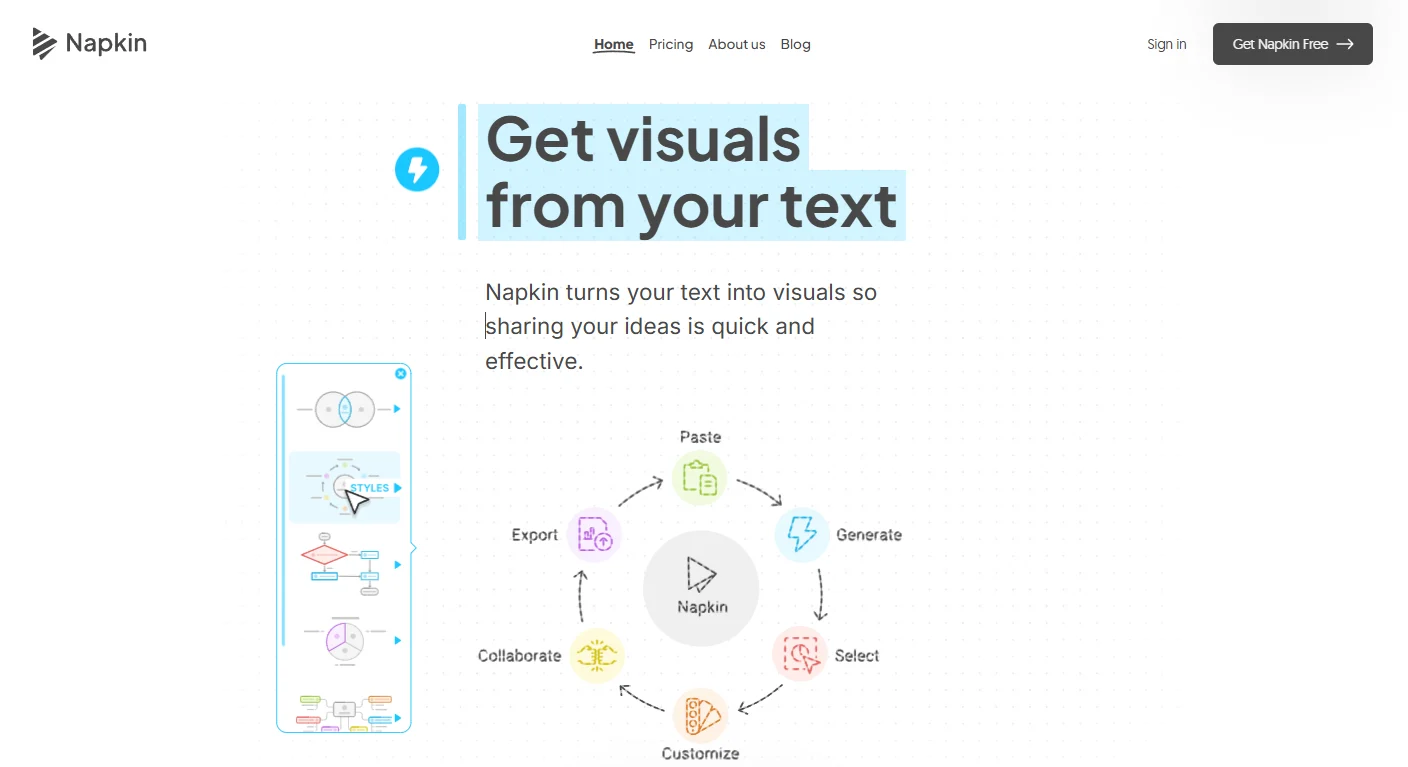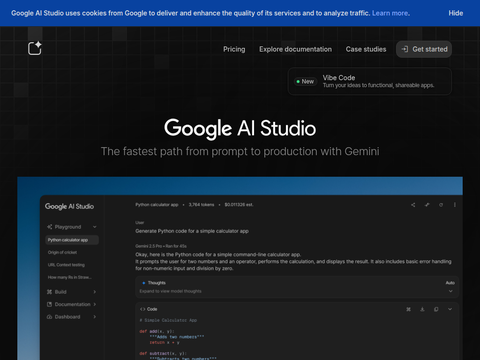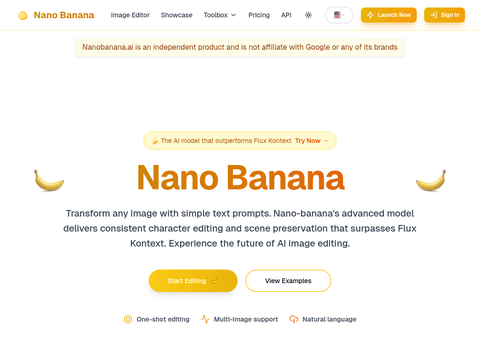Key Features of Jules
Jules is described as an autonomous AI coding assistant that operates asynchronously—performing tasks in the background while developers focus on other activities. Even novice programmers can deploy Jules with simple prompts to streamline their development workflow.
Jules does more than just execute commands. When properly configured, the AI assistant can analyze existing codebases, explain the logic behind its actions, and generate audio summaries of completed tasks.
In a recent post about Jules, Google Labs Director Kathy Korevec wrote: "Jules is an asynchronous, agent-based coding assistant that integrates directly with your existing codebase. It will clone your code repository into a secure Google Cloud virtual machine (VM), understand the full context of your project, and perform tasks accordingly."
Some of these tasks include:
- Creating and executing code tests.
- Developing and adding new features to your code.
- Identifying and fixing bugs.
- Updating dependencies.
- Generating audio changelogs.
Jules seamlessly integrates with GitHub repositories, allowing tasks to be assigned within the developer's existing environment. It currently runs on Google's most advanced AI model, Gemini 2.5 Pro, which is designed to handle multiple operations simultaneously.
Availability and Pricing Information
Jules was initially released in December 2024 and entered public beta in May 2025. The tool is now available in regions that support Gemini 2.5 Pro.
During the public beta phase, Jules is free to use but limited to five daily requests. A pricing model is expected to be introduced in the future, encouraging early adopters to explore its capabilities during this period.
Getting Started with Jules
The initial setup process is straightforward. By visiting jules.google.com, developers can log in with their Google account, sync their GitHub repositories, and begin assigning tasks to Jules. The default branch is pre-selected but can be changed to another branch if needed.
Precise prompt writing is crucial for optimal performance. Given the limit of five daily requests, concise and specific task descriptions can improve efficiency. All suggested code changes are presented for review, allowing improvements before final implementation.
The Evolution of AI Assistants
AI assistants are here to stay. While they are commonly used for customer service, technical support, or interactive chatbots for friendly conversations, Jules is a shining example of how innovation has made remarkable progress in just a few years.
Jules also provides a glimpse into the autonomous AI assistants we can expect to see in the near future.


